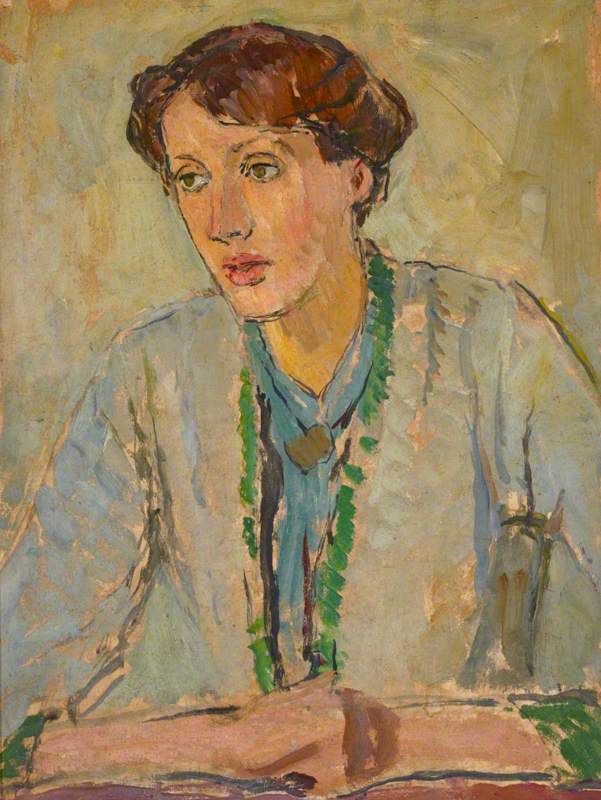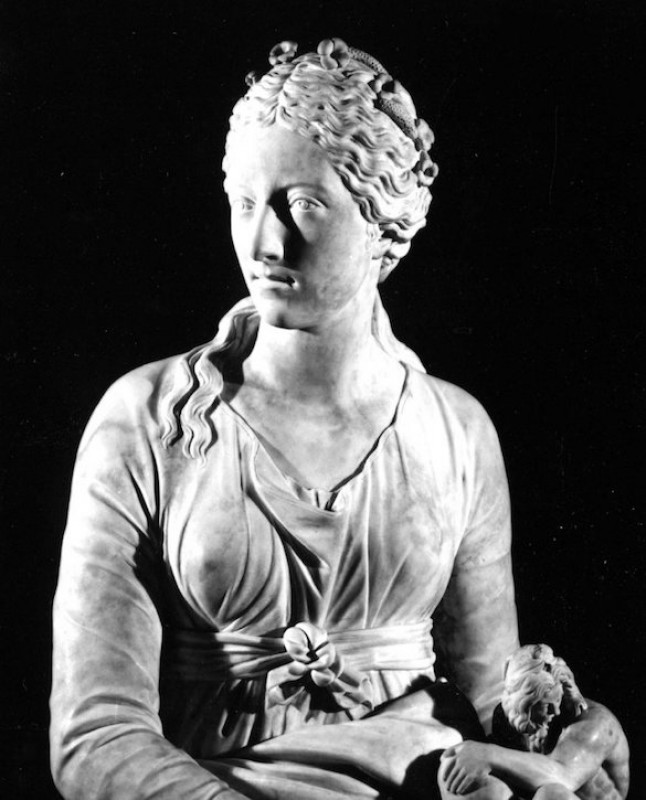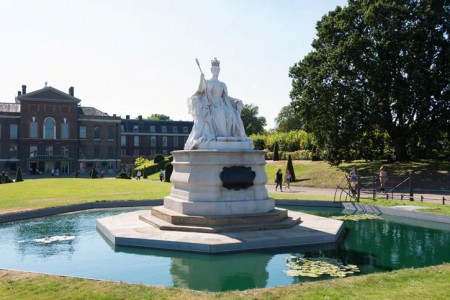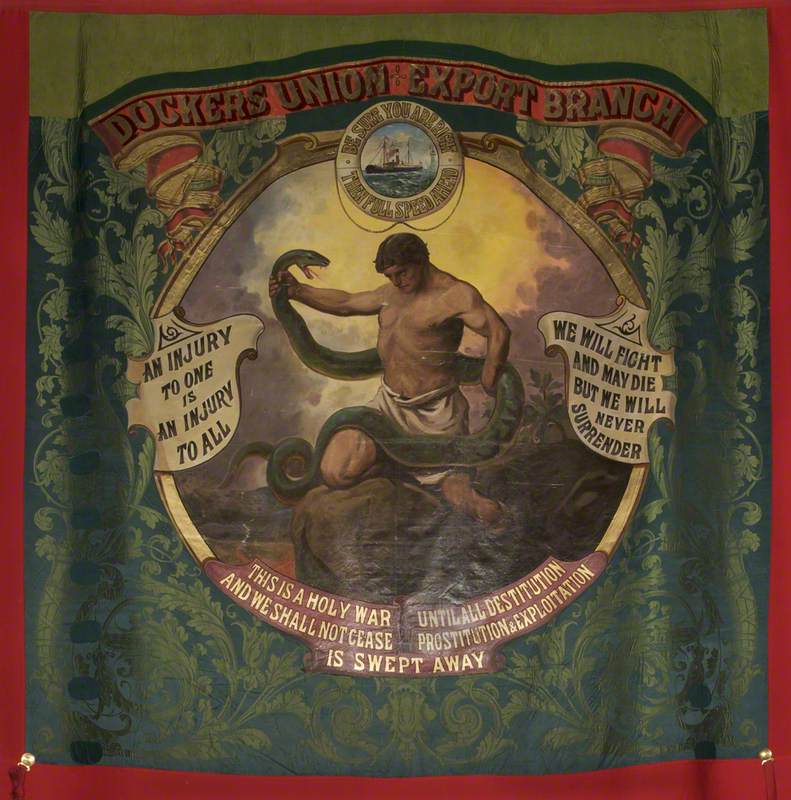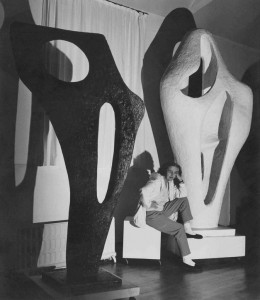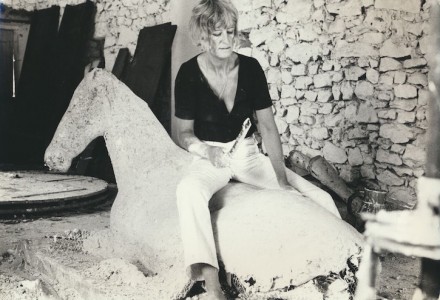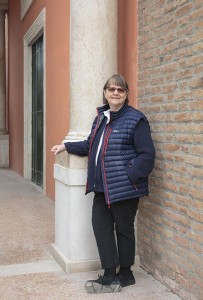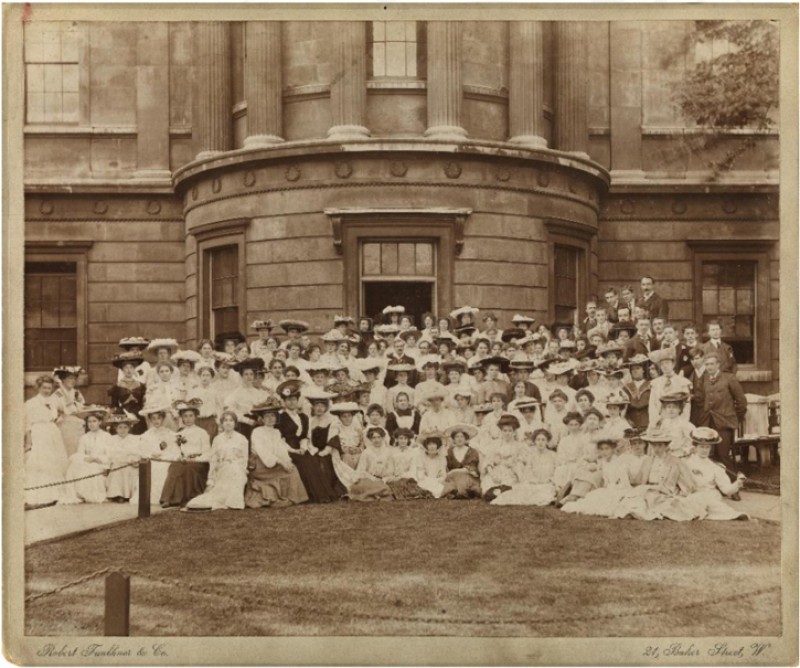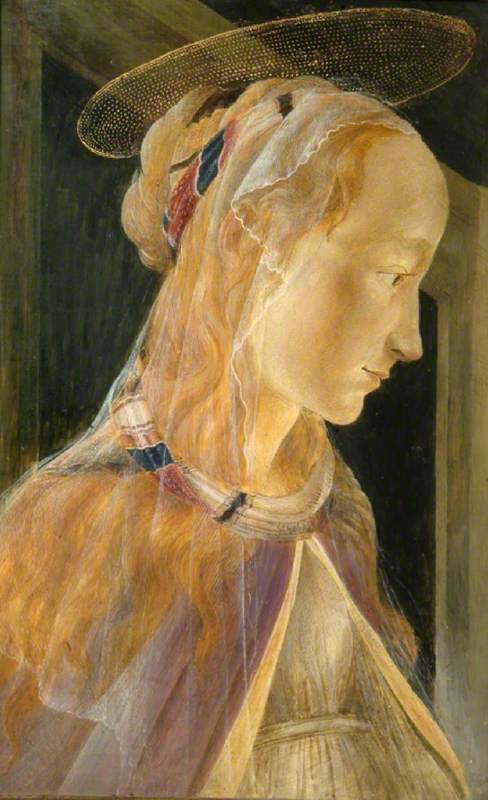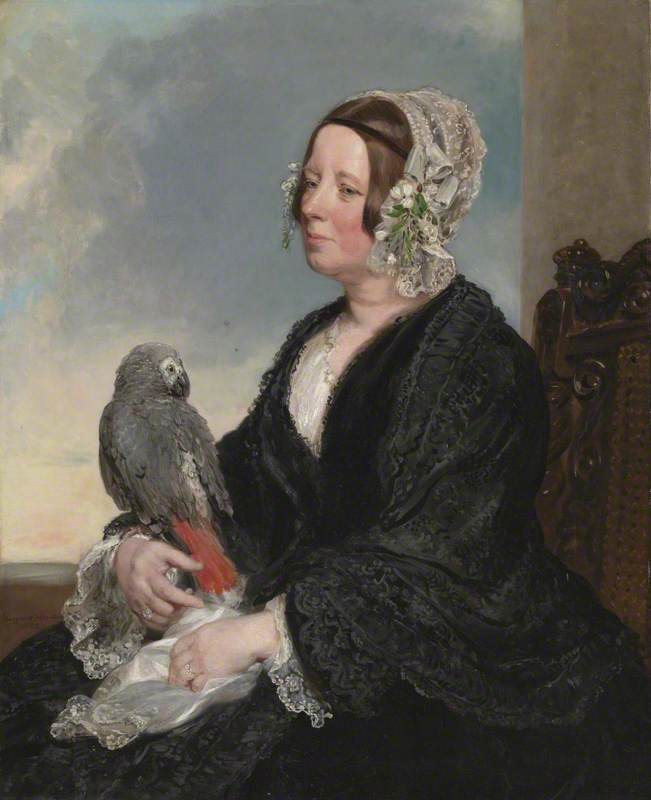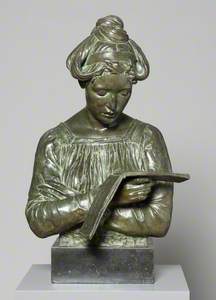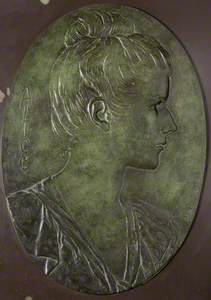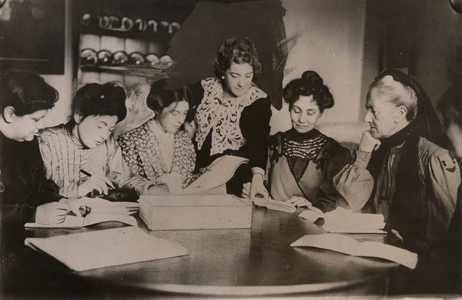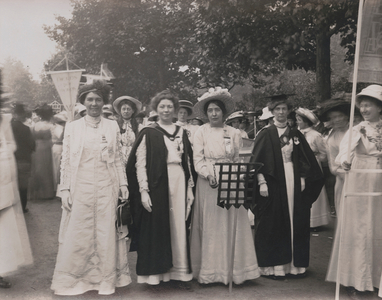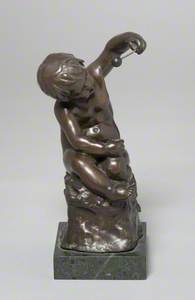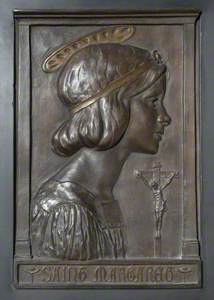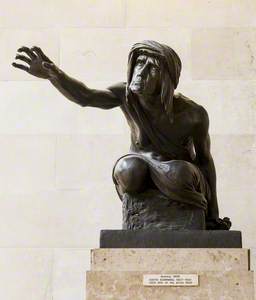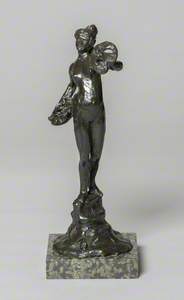Edith Downing (1857–1931) was a British artist and sculptor who was also involved in the suffragette movement at the start of the twentieth century. Born in Cardiff, Downing began her artistic training at the South Kensington School of Art where female artists were made to study in a separate building from the men. She then went on to study at the Slade School of Art between 1892 and 1893, which since its beginning in 1871 had welcomed women artists.
Though primarily a sculptor working in bronze and marble, Downing also painted watercolours and made reliefs and decorative panels. Her work was first exhibited at the Royal Academy in 1891 and she continued to contribute regularly until the early 1900s. A rarity of the era, Downing was a female sculptor able to make a living from her art, listing herself as a sculptor in the census of 1911.
However, Downing's adult life unfolded against a backdrop of significant political change. In 1903, the Women's Social and Political Union (WSPU) was established and soon became the leading militant organisation campaigning for women's right to vote in the United Kingdom.
In 1908, Downing joined WSPU as one of many women who felt frustrated with the 'futility of quiet work' in achieving the goal of women's suffrage. With a motto of 'deeds not words', WSPU membership became synonymous with direct action such as arson attacks, cutting telephone lines, and sending letter bombs.
Suffragette Committee Meeting
1906
Daily Mirror 
Downing was a key player in the movement, contributing her artistic talent to dramatise the suffragette marches. In 1910, Downing and fellow suffragette Marion Wallace-Dunlop designed the 'Prisoners Tableau' for the Prison to Citizenship procession which celebrated those who had 'faced death without flinching' during hunger strikes and forced-feeding. The float was drawn by two white horses and featured a suffragette in prisoners garb surrounded by young women in white dresses and green and purple caps looking on in admiration.
Suffragette March in Hyde Park
1910
Christina Broom 
In 1911, Downing again lent her creative mind to the movement. Alongside Wallace-Dunlop, the pair collaborated on the Women's Coronation Procession – the largest women's suffrage march ever held in Britain with some 40,000 people marching from Westminster to the Royal Albert Hall.
Marjery Bryce dressed as Joan of Arc at the Women's Coronation Procession, 1911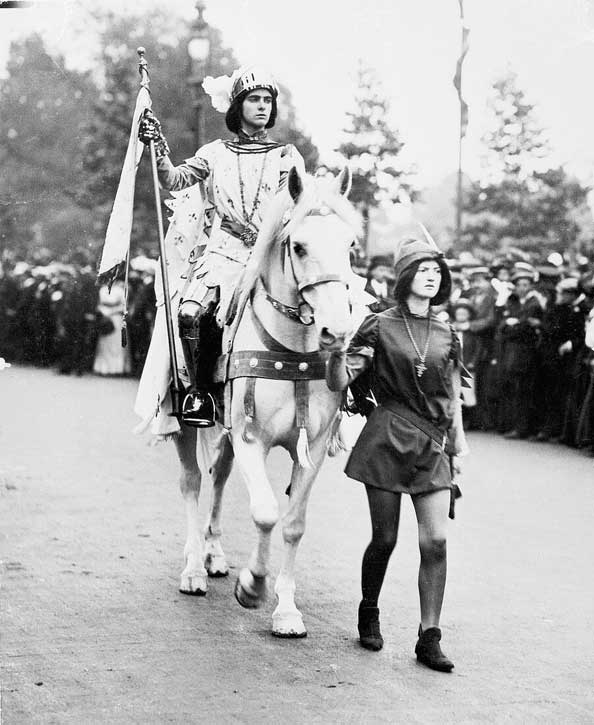
Downing instructed Marjery Bryce to dress as Joan of Arc and for there to be some 700 women and girls clothed in white to represent suffragette prisoners. The artist also helped design The Pageant of Empire float which had two figures representing East and West on its top and women surrounding the float depicting the United Kingdom's various colonies and dominions.
In addition, Downing often sold her work including statuettes of Christabel Pankhurst and Annie Kenney to raise funds for the cause. Boy with Cherry was also sold in aid of the suffragette cause in 1907.
Over the early 1910s, Downing's focus shifted almost entirely from sculpture to politics. Downing was arrested multiple times; once for breaking a window in Somerset House during a demonstration and again for throwing a stone through the window of a fine art dealer in Regent Street as part of the window-smashing demonstrations of 1912.
On the latter occasion, she was sent to Holloway Prison where she joined fellow suffragettes on hunger strike and was force-fed, an experience that Sylvia Pankhurst describes as often resulting in bleeding gums and violent vomiting. Downing was subsequently awarded a Hunger Strike Medal by WSPU for her commitment to the cause.
The modern inquisition, treatment of political prisoners under a liberal government
1910, poster by Alfred Pearse (1855–1933) 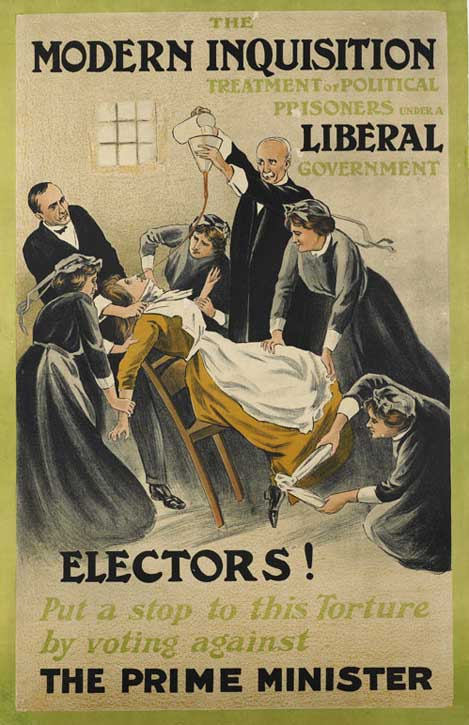
During her stay at Holloway Prison, Downing also contributed to The Suffragette Handkerchief, a handkerchief embroidered with over sixty names of women imprisoned for their involvement in violent demonstrations. Embroidered while under the watchful eye of the prison officers, this handkerchief is a brave act of defiance and a symbolic fusion of traditional womanhood and the origins of a powerful feminist movement.
The Suffragette Handkerchief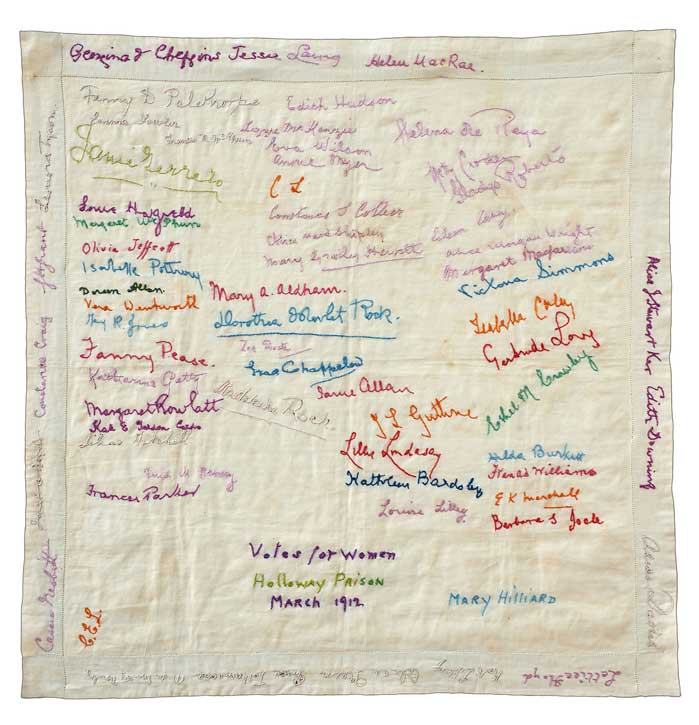
Even when Downing's sculptural oeuvre was not directly related to the suffragette movement, a strong theme of womanhood and rising up against oppression is evident. The sculpture Pompilia, for example, gifted to the University of London's first women's hall of residence in 1932 following Downing's death, depicts a young Roman wife and mother who was murdered by her abusive husband, Count Guido Franceschini, for supposed adultery in 1698.
The case was popularised by Robert Browning's 1869 poem 'The Ring and the Book' which tells the tragic story based on written statements taken at the time by the courts. Browning's poem explores how the social institutions of church and state do not operate for justice but for the maintenance of selfish superficialities such as property and the subjugation of women. Pompilia defies society by fleeing from male abuse and pays the ultimate price – a message sure to have resonated with the suffragettes.
Downing's 1901 sculpture Motherhood, held in the National Museum Wales, also has womanhood as its central theme, depicting a mother cradling a baby while a young child stands her side and looks at his new sibling. The sculpture is delicately rendered the emotion palpable between the figures as they celebrate the expansion of their family.
Furthermore, in one shallow relief, Downing celebrates Saint Margaret, one of the saints Joan of Arc claimed to have instructed her to recover France from English domination. Supposedly cruelly tortured and then beheaded for refusing to renounce her Christianity, Saint Margaret was made the patroness of pregnant women, expectant mothers and the falsely accused. Her incredible defiance in the face of certain death was a source of inspiration for the brave suffragettes.
Downing's life-size sculpture Avarice features a nude woman crouching on the floor, clutching money bags with one hand, the other reaching out for more. Originally called Spirit of the Trusts and likely a commentary on the American Bankers' Panic of 1907, the woman's face is hard-set and her nudity was unusual for a female artist to depict at the time. Though this piece pre-dates her activism with WSPU, it nonetheless demonstrates Downing's use of art to engage with contemporary politics and her desire to break the mould in a male-dominated field.
Downing died in 1931 leaving an incredible artistic and political legacy behind her. Several of her works were donated to the National Museum Wales, including Avarice which sits on the southwest staircase of the museum.
Downing is one of many incredible women who risked her life and livelihood to better the lives of women across the country and indeed the world. Both her beautiful creative output and her impact on the emancipation of women deserve to be remembered for generations to come.
Flora Doble, freelance writer
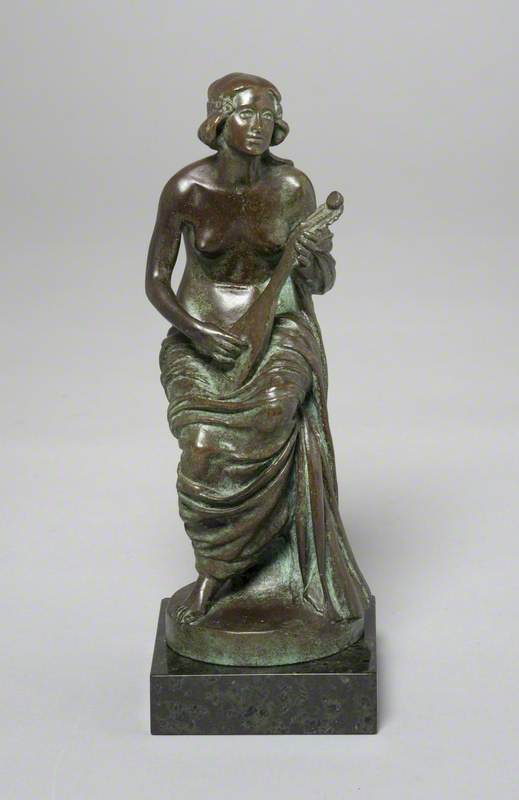
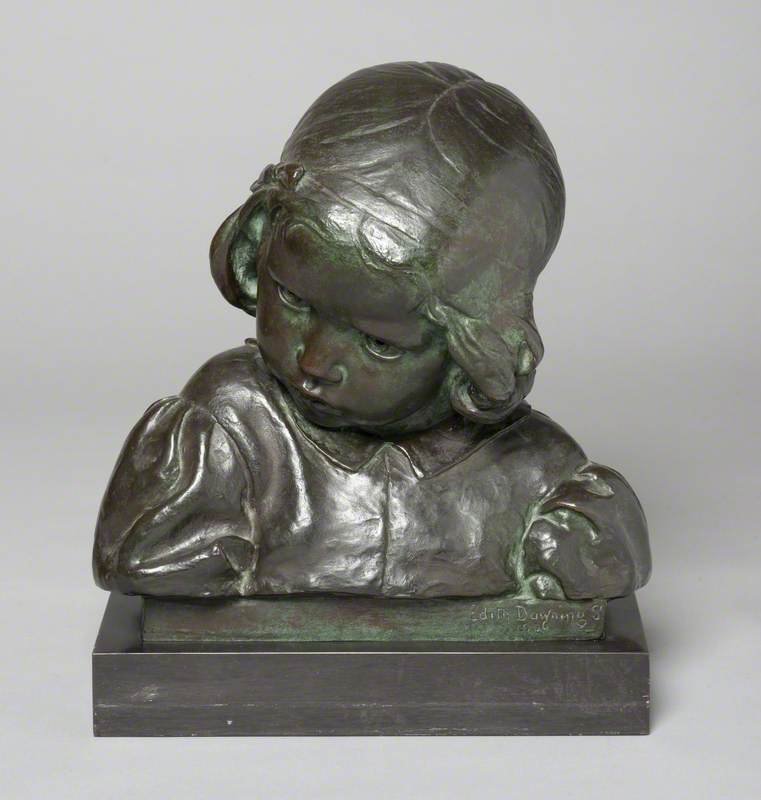

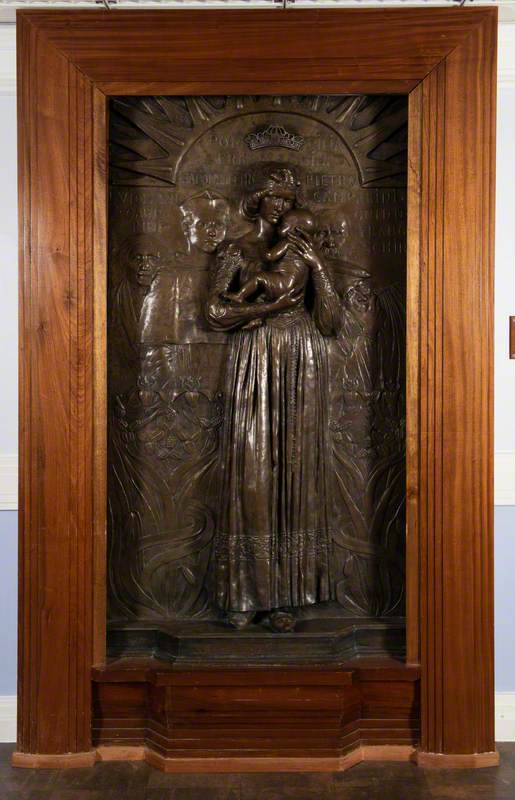

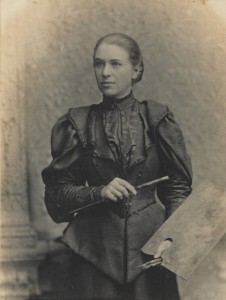
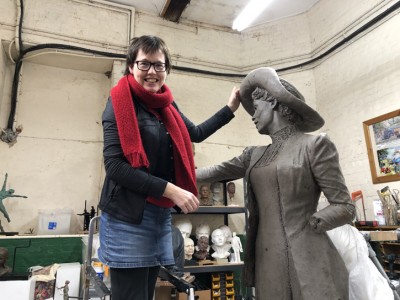
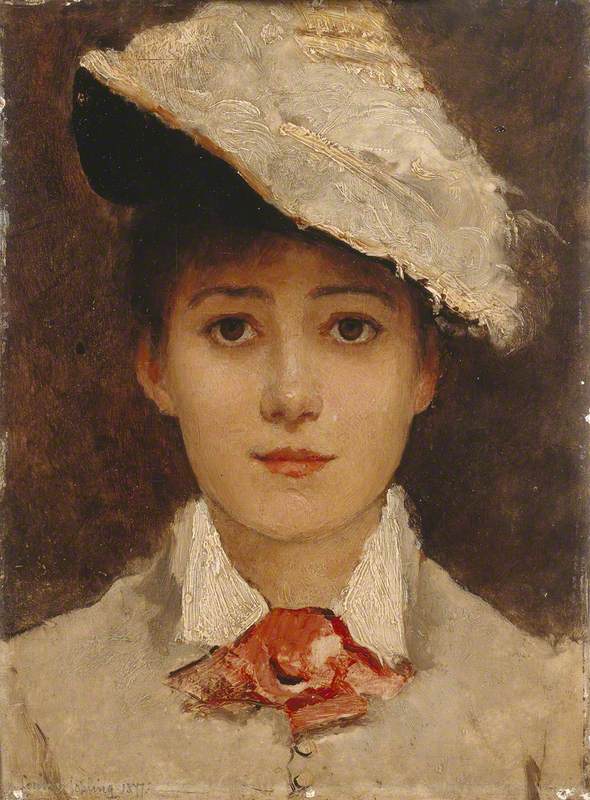
.jpg)
